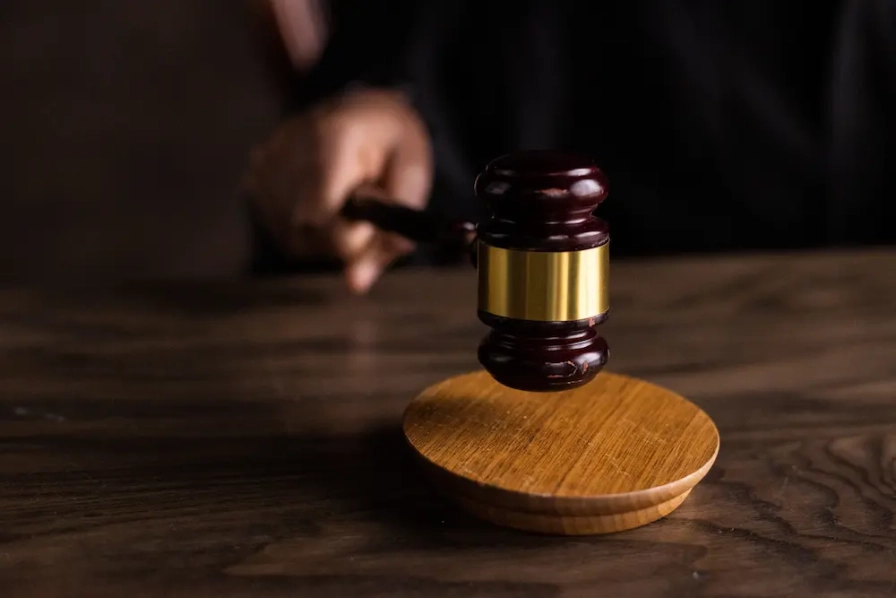
Originality of a textile design
How do I know if I have copyright on my textile design?
The law recognizes the author's right over works, whatever their genre or merit (so copyright exists in the world of textiles and fashion as in other disciplines relating to design and the arts ). Copyright is nevertheless conditional on the originality of the work, even if the legislator has not explicitly stated this in the Intellectual Property Code. French courts have recently confirmed that European law implies the protection of the author of original works. But what is an original work? How does justice assess the originality of the work?
This article complements our guide to protecting your textile design in the eyes of the law.
Is my textile design original in the eyes of the law?
In France, the courts maintain that a work is original if it reflects the personality of its author. This expression is easier to understand in the context of works of art. However, when it comes to applying this notion to creations of applied or graphic arts, it becomes more difficult to identify the personality of the author.
The originality requirement has been applied liberally for many years. Thus, a wide variety of works have been recognized and protected by copyright, from coffee makers to sofas, including salad baskets and napkin holders (which includes, of course, textile designs).
However, for a little over a decade, French courts have considered originality more severely. They require that the author clearly justify their creative choices and demonstrate that their work is original. As a result, the creativity threshold required by copyright law has been raised, and certain works have been excluded from copyright protection.
This development in jurisprudence is rather a good thing in the world of textile and fashion design, since it makes it possible to protect the work of designers already in place. Thus, reusing an existing design by only modifying the color scheme, for example, could be more easily perceived as non-original work by a judge. Trying to emphasize the originality of specific fabrics when they have been used for a long time by textile designers will also be more complicated. Finally, the colors and drawing of your design must clearly stand out from what previously existed to ensure the enjoyment of your copyright.
The phenomenon of fashions in the world of textile design makes this approach a little more complex than in other commercial sectors, the scale of creation not meeting exactly the same criteria as for industries where the goal is to stand out. as much as possible of the times and the proposals of the competition.

What do European regulations say about originality?
European law does not contain any specific mention regarding copyright protection. However, the Court of Justice of the European Union has established in its recent decisions that all works must benefit from uniform protection in the EU, in accordance with the defined criteria. French legislation must therefore be interpreted in the light of these principles.
The Court of Justice declared that in order to benefit from copyright protection, works must meet two conditions: it must be an identifiable and objective object and it must have an original character. Objects that are too vague or subjective cannot be protected, because they carry a risk of monopoly. For example, the flavor of a cheese or a perfume are not sufficiently identifiable and therefore cannot be covered by copyright.
In summary, to benefit from copyright protection, a work must be identifiable and objective and have an original character. Without this, no protection can be granted. In the world of textile design, this can get complicated because of cross-references between designers and brands, which are quite common.
Originality is an essential criterion for copyright protection in Europe. According to European judges, an object is considered original when it expresses the personality of its author by demonstrating free and creative choices. To demonstrate this, it is necessary to prove the existence of free and creative choices. A free choice is considered to be a choice not dictated by an external constraint. As for creativity, it implies novelty, but novelty alone is not enough to prove its presence. It’s that little something extra that gives the work its originality and allows it to be protected by copyright.
Unfortunately, this concept is still quite vague and the judges did not wish to clarify it. However, it is important to retain evidence of one's preparatory work and creative choices, as this could prove useful in the event of a trial.
Tips for assessing the originality of your textile design in the eyes of the law
As you have seen, the criterion of originality can be seen as rather subjective in the eyes of the law, and each textile designer can find themselves confronted with doubt. Here are some tips to protect yourself from this inconvenience (especially if you want to sell your designs directly on the internet, which exposes you a little more to the risk of theft):
1. Check if the original design is filed with the Trademark Union Office. If so, your design is not considered original and is not protected by law.
2. Make sure the design is creative and original, and does not copy an existing template.
3. Take steps to register your design with the appropriate agencies so you have legal protection.
4. Consult a lawyer specializing in textile design law, who can advise you on the best ways to protect your design.




















